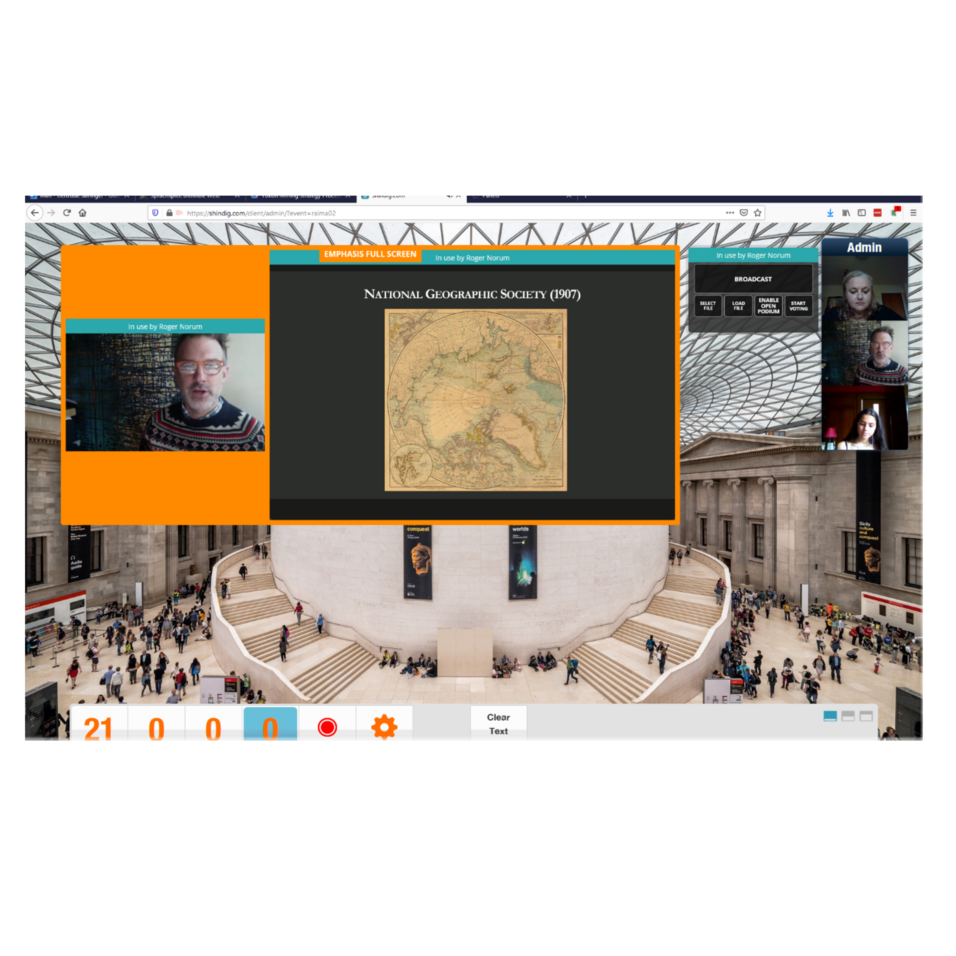The panel was part of the online conference “The Anthropology and Geography: Dialogues Past, Present and Future” which took place from 14-18 September 2020. The conference was organised by the Royal Anthropological Institute, the Royal Geographical Society, the British Academy, the Department of Anthropology and Sociology at SOAS University of London, and the BM’s Department for Africa, Oceania and the Americas. You can read more about the panel hosted by Gertrude Saxinger and Roger Norum here.

